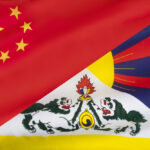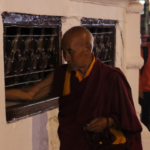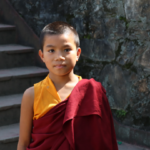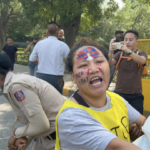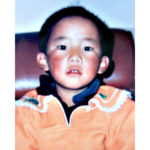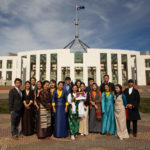Stop the Cultural Genocide: Sydney’s Tibetan Community Rallies Against Colonial Schools
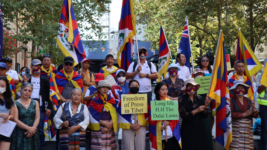
Tibetans rallied in Sydney’s Martin Place on Friday, 10 March, marking 64 years since the 1959 Tibetan Uprising, which saw thousands gather in the Tibetan capital of Lhasa to protest China’s consolidating of its control over its neighbouring nation, after having invaded a decade earlier.
The theme of global Tibetan Uprising events this year was stopping the cultural genocide in Tibet, with Sydney organiser’s the Australia Tibet Council and The Tibetan Community of NSW, highlighting the growing use of colonial boarding schools in Tibet as tool of cultural erasure.
Around 80 percent of Tibetan children and youths, up to one million and some as young as 4, are being forced to attend state-run boarding schools in occupied Tibet, which sees lessons taught in Mandarin, a focus on Han Chinese culture, and the suppression of Tibetan language and way of life.
A group of UN Human Rights Council experts released a statement on Monday, which recognised that this assimilationist policy, which played such a prominent role in the colonising of the First Nations people in this country, is being applied to Tibetans under Chinese rule.
“We are very disturbed that in recent years the residential school system for Tibetan children appears to act as a mandatory large-scale programme intended to assimilate Tibetans into majority Han culture, contrary to international human rights standards,” the experts make clear.
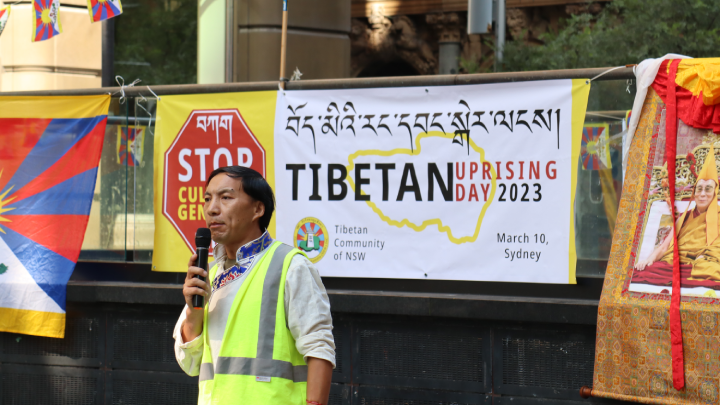
Tibetan resistance
“In 1959, 10 March, thousands of Tibetans were on the street demonstrating the Chinese occupation of Tibet. Thousands of Tibetans were killed. The Dalia Lama had to flee Tibet at that time,” Tibetan Community NSW secretary Migmar Tsering told Sydney Criminal Lawyers.
“Most Tibetans in Australia have been in prison in Tibet, or their family members have been. They have all been affected,” he continued. “They sentenced me to four years and six months in prison in Tibet.”
Migmar arrived in Australia in 2006, following having fled Tibet to India in 1998, after he was released from Chinese custody the year prior. The Tibetan man was arrested and imprisoned by CCP authorities over having participated in a human rights protest in Lhasa in 1992.
China commenced its invasion of Tibet in 1949. Since that time, around 1.2 million Tibetans have been killed, 6,000 monasteries have been destroyed, the local environment has been devastated, and there has been a concerted effort to erase Tibetan language and culture.
Since 2009, 159 Tibetans have self-immolated in their homelands in protest of the ongoing repressions that see Tibet one of the most policed and surveilled regions on Earth.
“In Tibet, lots of young children are taken away from their family. They are educating them on Chinese culture and language. This is destroying Tibetan culture,” Migmar further explained.
“We are telling the Australian government to wake up and speak out about human rights in Tibet.”
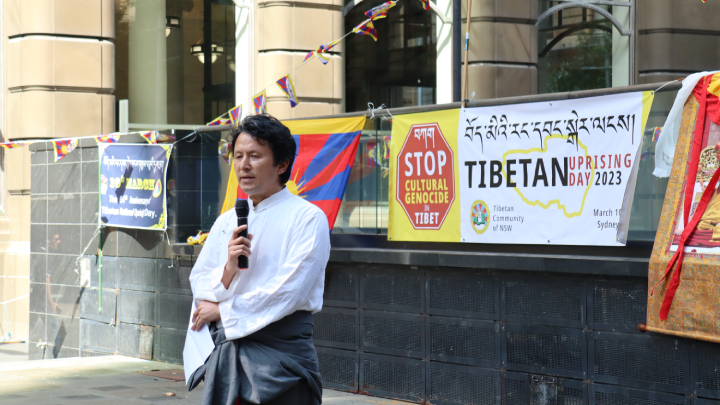
Tibetan resilience
This year saw Freedom House vote Tibet, Syria and South Sudan the least free countries on the planet. While the UN Committee on Economic, Social and Cultural Rights has also called out Beijing on its assimilationist policy of sending Tibetan children into colonial boarding schools.
In addressing the 10 March crowd, Australia Tibet Council board member Sonam Paljor pointed to the similarity between the dispossession of the First Nations peoples of this continent and that being suffered by his people.
“China has been in Tibet for over 70 years. China is very quick to call Australia names, like racists and colonists, but they have been doing exactly the same for the past 70 years,” said Paljor. “China is still busy shoving their lies of hatred, racism and supremacy into our culture in Tibet.”
Paljor pointed to three key points of resistance that it’s vital Tibetans continue to act against. These are CCP meddling in how Tibetans recognise the next Dalia Lama, fighting against the colonial schooling system, as well as resisting the ongoing forced removal of nomads from their lands.
The Tibetan man added that the day’s rally was not just about mourning Tibetan loss, but it was also about celebrating their resilience.
“Sixty four years on, we are still not dead. We are still here, asking for our birth right to live free in Tibet, our sovereign country,” he ended.


